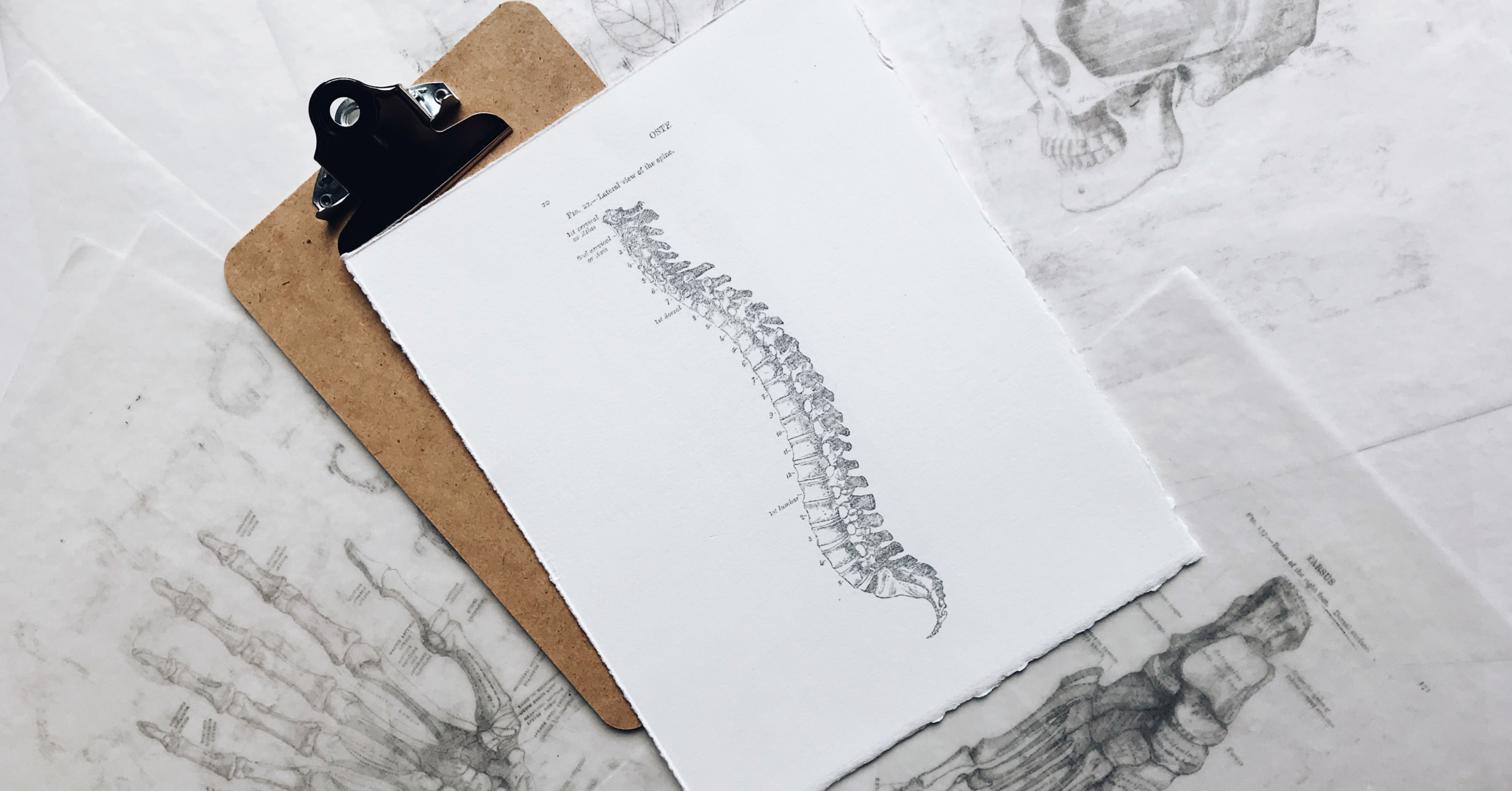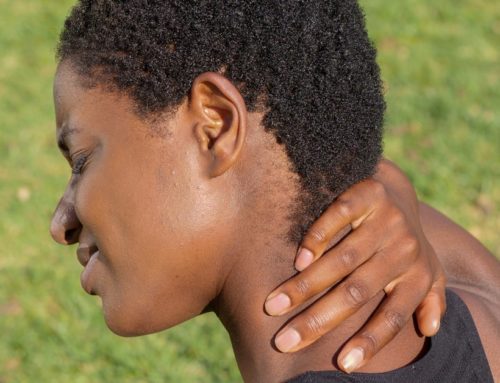If you’ve ever looked at the posters and anatomy models in your doctor’s or chiropractor’s office, you might have noticed that the human spine has curves. Most people don’t think much about this vital part of human anatomy (except when shopping for ergonomic office chairs.) Those curves in your spine and abnormalities related to spinal curvature can have a surprising impact on your posture and overall health. Here are four things you never knew about your spinal curves:

- Spinal Curves Develop as we Grow
In the womb and during infancy, our spine is shaped like a C. This is our first spinal curve. As a baby develops and gains strength, the spine becomes responsible for supporting more muscle weight. This causes secondary curves to develop in the cervical spine (neck) and lumbar spine (lower back). The spine is now S-shaped, and these curves will continue to develop until a person has reached their adult height.
The spine of a fully grown adult has four curves: the cervical, thoracic (mid-back), lumbar, and sacral (right above the tailbone.) Beneath the sacral curve, the tailbone forms a curve as well. The cervical and lumbar area of the spine curve outward towards our back; this kind of curve is called lordosis. The thoracic and sacral areas curve in towards the front of the body; this is called a kyphosis curve.
As we grow from childhood through adolescence, bad posture, heavy lifting, and other strains can influence the development of our spinal curves and put us at risk for back problems later in life. Adults can also develop new problems with spinal curvature.

2.Spinal Curves Influence Our Posture
Our spine is a delicate system that carries our weight, absorbs impact, and helps us balance. If one or more of our curves becomes over-curved or over-straightened, one of the first signs is bad posture. Inversely, chronic bad posture can cause curvature problems.
An over-curve of the lumbar spine can cause a “swaybacked” stance. In this posture, your pelvis is pushed forward, and the upper part of the body leans back to compensate. Some children show this stance early in life and need to have their posture corrected so that they don’t have back problems later on. Swayback can also be caused by overly tight hamstrings, ligament laxity, and posture problems while sitting. If you frequently hunch your shoulders forward while sitting, your pelvis may compensate by driving your hips forward.
Another easily recognizable spinal curve problem is Kyphosis, commonly known as ‘hunchback.’ This condition causes a noticeable hump to form on the upper back. It is mainly caused by bad posture, but can also be caused by upper body muscle weakness, arthritis, and slipped disks.
Loss of spinal curvature or a ‘straightening’ of the spine can also have serious ramifications. This condition is not as noticeable to the naked eye as over-curvature. Usually, the first signs of curvature loss are pain and stiffness. Loss of curvature can be caused by bad posture or injury. It is common to see the loss of cervical curvature in whiplash patients. In these cases, a visible forward head position is often present. It is difficult to notice this on your own, so if you are experiencing headaches, pain, or stiffness, talk to your chiropractor.

3.Curvature Problems Can Affect Overall Health
In addition to causing back problems, like pain, spasms and stiffness, abnormal spinal curvature can also impact other organ systems. Several studies have found a strong association between Kyphosis and breathing problems.
Other studies have noted the connections between the loss of the lumbar curve and pelvic organ prolapse– a condition where an organ slips downward.
Curvature problems have also been associated with overall reduced function and issues with mobility and flexibility.

4.You Can Prevent and Fix Most Spinal Curve Problems
It’s hard not to harp on posture when talking about preventing spinal curve problems. Good posture is key to maintaining a healthy spine. If you spend long hours sitting, try to be aware of your posture. Place your feet flat on the floor, adjust your chair, so your arms and legs are parallel to the floor, and your knees are even with your hips. Try to keep your neck in a neutral position by placing your screen at eye level. This neutral sitting posture will reduce strain on your back and neck and prevent spinal curvature problems. If your chair does not support your lower back, you can invest in an ergonomic model or place a pillow or towel behind your lower back.
People who spend hours sitting every day often have tight hamstrings. Stretching your hamstrings regularly can improve your posture and decrease pain and stiffness. Include a full-body stretch in your exercise routine to help you stay flexible and reduce your chance of posture problems.
Strength training can also help keep your spine in shape by strengthening the muscles that hold it in place. Be sure to work all your muscles evenly. An overly developed upper or lower body can throw the spine out of alignment as it compensates to support the heavier area.
Regular chiropractic adjustments should also be part of your preventative plan. They can keep minor back problems from becoming more serious.
If you think you already have a serious problem with your spinal curvature, discuss this with your chiropractor. He or she can determine what is causing the problem and design a treatment plan to get your curves back into proper alignment. This plan might involve adjustments, exercises, stretches, or a mix of all three. Sometimes specialized equipment is used to help guide the vertebrae back into place. Your chiropractor might order X-rays before beginning treatment and then again, later on, to assess how the treatment is working. You will probably be amazed at the difference between the before and after pictures and how you feel daily.





